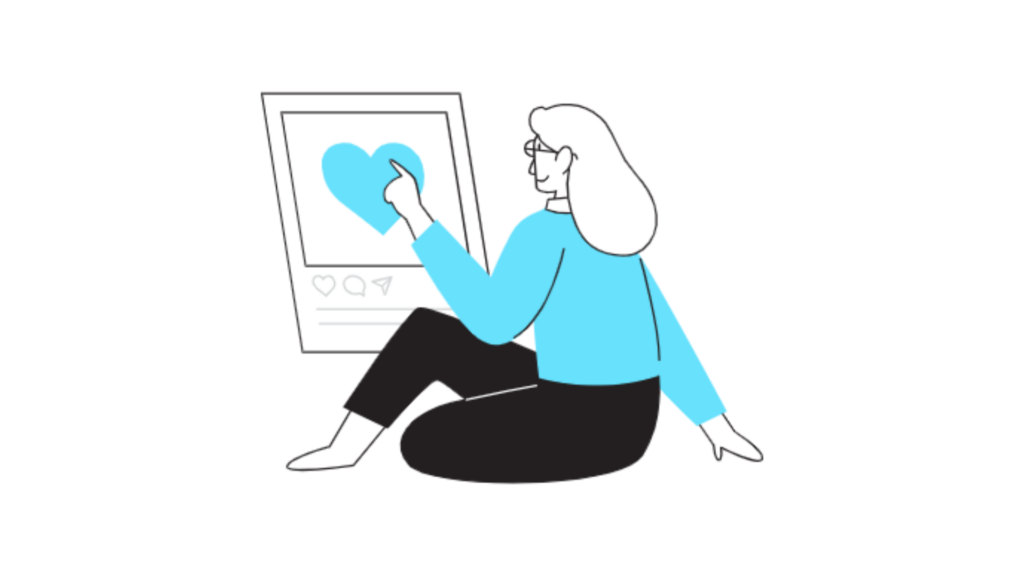Social Media Graphic Designer: How to Become One?

In the world of digital marketing, the role of a social media graphic designer has become crucial. This guide explores what it takes to excel in this role, covering essential skills, common tools, industry best practices, and the value that strong design brings to social media marketing. For both beginners and seasoned professionals, understanding the nuances of social media design can make a significant impact on brand engagement.
The Role of a Social Media Graphic Designer
A social media graphic designer creates visual assets specifically tailored for social media platforms. Their work involves designing graphics, animations, infographics, and other content that align with a brand’s identity and objectives. Unlike general graphic design, social media design requires a deep understanding of each platform’s visual requirements and audience behavior.
Key Responsibilities:
- Developing Platform-Specific Content: Ensuring that designs meet the specifications of platforms like Instagram, Facebook, and LinkedIn, each with different image and video formats.
- Creating Engaging Visuals: Capturing the audience’s attention through visually appealing and relevant designs.
- Maintaining Brand Consistency: Ensuring every post aligns with the brand’s color scheme, fonts, and style guidelines.
- Analyzing Content Performance: Reviewing engagement metrics and using insights to refine design strategies.
Essential Skills for a Social Media Graphic Designer
To succeed as a social media graphic designer, certain skills and tools are essential. Here are the top skills to focus on:
1. Creativity and Originality
Creativity goes beyond making attractive images; it’s about presenting content in a unique way that resonates with the audience. Strong design requires an eye for detail, a good sense of color, and the ability to transform ideas into visuals.
2. Platform Knowledge
Knowing the visual and technical requirements of various platforms is essential. For example, Instagram favors high-resolution images, while Facebook supports a broader range of media.
3. Adaptability to Trends
Social media trends change rapidly, so designers must stay updated to keep their content relevant and fresh. Using tools like AI content creation tools can help keep up with evolving trends.
4. Technical Proficiency in Design Software
Familiarity with design software such as Adobe Photoshop, Illustrator, and online tools like Canva is a must. Advanced knowledge of these tools enables a designer to bring ideas to life with precision.
5. Understanding Analytics
To create impactful visuals, designers need to understand metrics like click-through rates and engagement rates. Platforms often offer insights that allow designers to adjust their strategies based on real-time feedback.
Common Mistakes to Avoid in Social Media Graphic Design
Designing for social media isn’t without its pitfalls. Here’s a list of common mistakes that social media graphic designers should avoid to maintain effectiveness:
1. Ignoring Brand Guidelines
Deviating from established brand colors, fonts, and styles can confuse followers. Consistency is crucial for building brand recognition, so always adhere to branding standards.
2. Overcomplicating Designs
Simplicity often works best on social media. Intricate designs may lose impact on small screens, so keep it clean and straightforward.
3. Not Optimizing for Mobile
Mobile devices account for a significant portion of social media use, making it essential for designers to ensure their content appears well on smaller screens.
4. Using Too Much Text
Visuals with excessive text are often less engaging. Instead, focus on striking images that can be quickly digested.
5. Neglecting Analytics
Ignoring performance data means missed opportunities to optimize. Analyzing what works allows designers to refine their strategies over time.
For more on avoiding design pitfalls, see The 7 Best SEO Tactics for a Newly Established Digital Agency.
Best Practices for Social Media Graphic Designers
Developing a consistent workflow is essential for success as a social media graphic designer. Follow these best practices to optimize your design approach:
1. Create a Style Guide
Style guides are invaluable for ensuring consistency across social media platforms. Your style guide should include color schemes, typography, and image styles to use.
2. Develop Templates for Repeated Use
Templates not only save time but also help create visual cohesion across posts. Tools like Adobe Spark or Canva offer customizable templates suitable for various platforms.
3. Focus on High-Quality Images
High-resolution images are key, especially for platforms like Instagram, where visuals play a central role. Blurry or low-quality images can harm a brand’s credibility.
4. Incorporate Visual Storytelling
Use images to tell a story. Visual storytelling increases engagement by making posts more relatable and memorable. Learn more about storytelling techniques in 8 Proven Techniques for Effective Brand Storytelling.
5. Experiment with Video Content
Video posts consistently drive engagement. Short, informative videos, or GIFs can capture attention more effectively than static images, especially on platforms that prioritize video content like Facebook and TikTok.
Tools and Resources for Social Media Graphic Designers
For a social media graphic designer, choosing the right tools can make a significant difference in efficiency and output quality. Here’s a list of essential tools:
1. Adobe Creative Cloud
Adobe Photoshop, Illustrator, and After Effects are standard in the industry, offering powerful editing and design options.
2. Canva
Canva is an excellent tool for creating quick and professional-looking designs. With templates and a user-friendly interface, it’s a top choice for designers of all skill levels.
3. Visme
Known for its infographic capabilities, Visme helps designers create visually appealing and informative graphics suitable for various social media platforms.
4. Unsplash and Pexels
Both are fantastic resources for high-quality, royalty-free images that can enhance any social media post.
Pros and Cons of Being a Social Media Graphic Designer
A career as a social media graphic designer has its advantages and challenges. Here’s a balanced look at the pros and cons:
| Pros | Cons |
|---|---|
| Creative and flexible work environment | Can involve tight deadlines |
| High demand for skilled designers | Requires constant learning and adaptation |
| Opportunity to build a personal portfolio | Can be repetitive if working on similar projects |
| Can work remotely or freelance | The need to keep up with rapid trend changes |
This overview helps aspiring designers understand both the perks and the challenges involved in the role, ensuring a balanced perspective on what to expect.
Building a Successful Career as a Social Media Graphic Designer
Establishing yourself as a social media graphic designer requires more than just technical skills. Here are some steps to set yourself on the path to success:
- Develop a Portfolio
A strong portfolio showcases your work and lets potential employers see your style and skill level. Focus on quality over quantity, and make sure to include designs that align with current trends. - Stay Updated on Trends
Social media trends are constantly evolving. Platforms like LinkedIn, Instagram, and Pinterest are excellent resources for spotting new design trends. - Seek Client Feedback
Constructive feedback can provide valuable insights into your strengths and areas for improvement. Use feedback as a tool to refine your skills and grow professionally. - Network within the Industry
Connecting with other professionals through LinkedIn or design-focused social media groups can open doors to new opportunities. To start networking, visit 13 Tips on How to Use Data Analytics for Better Content Creation. - Practice Consistently
Practicing regularly helps keep skills sharp and enables designers to experiment with new techniques, leading to a more dynamic and versatile portfolio.
For additional information on developing as a digital professional, see How Many Jobs Are Available in Oil Refining, which offers insights into career growth across industries.
Similarities and Differences: Social Media Graphic Designer vs. General Graphic Designer
It’s common to assume that all graphic design roles are the same. However, there are notable similarities and differences between social media graphic designers and general graphic designers.
| Aspect | Social Media Graphic Designer | General Graphic Designer |
|---|---|---|
| Platform-Specific | Designs tailored to social media platforms | Often designs for various media (print, web) |
| Focus | Engagement and instant visual appeal | Detailed and balanced aesthetics |
| Design Speed | Usually works on faster timelines | Longer timelines for in-depth projects |
| Adaptability | Must adapt quickly to new trends | Follows more traditional design standards |
| Tools | Uses social media-specific tools and apps | Uses comprehensive design software |
These differences highlight why social media designers need distinct skills and a specialized approach to meet the demands of the fast-paced social landscape.
Final Thoughts on the Role of a Social Media Graphic Designer
The demand for social media graphic designers continues to grow, thanks to the digital landscape’s emphasis on engaging visual content.



